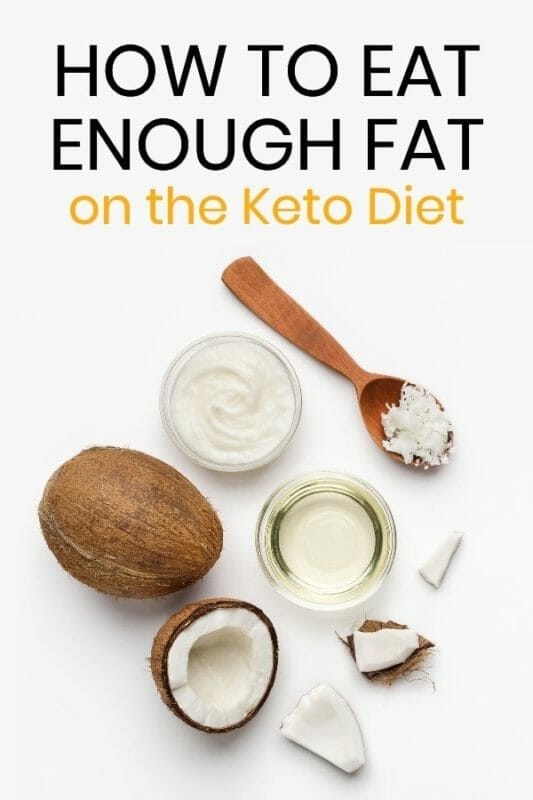It always seems funny to me that for years (pre-Keto) we had been striving to reduce fat in our diets. But how things change. The ketogenic diet’s popularity has exploded in the last few years because it gets results. Keto is a life-giving and life-sustaining diet that has changed the lives of millions of people. Keto is also popular in CrossFit and has helped countless others improve their moods, increase energy, sustain weight loss, and other health benefits.
If you want to start or you’re already in “keto“ but you’re concerned about how to get more fat in your diet. Here’s how you can eat a high-fat diet every day without having to think about it too much. Increase your fat intake on the ketogenic diet with these simple rules.
1. Buy Full-Fat Products only
The supermarkets are full of low-fat products that are little more than sugar bombs with all the flavor and texture taken out. Avoid these products as if your life depended on them! In fact, your life does depend on it. Full fat or high-fat products (excluding processed junk) are often cheaper than the low-fat versions because they have not had an expensive processing treatment to remove the lovely, tasty fats.
Full-fat milk is definitely healthier for everyone. So are full-fat yogurts. Many kinds of cereal, salad dressings, and nut butter marketed as low fat are devoid of nutrients and packed with chemicals and sugar. Look for the fattiest nut butter, the most natural dressings, and well, just avoid cereal. Unless it’s keto cereal.
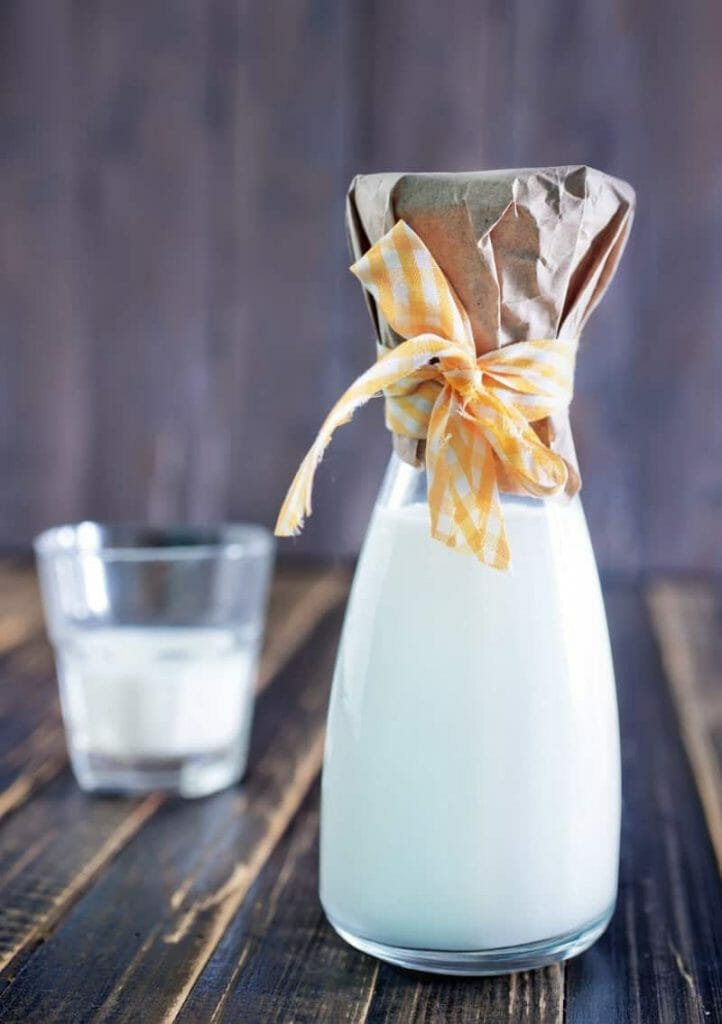
2. Choose fatty cuts of meat
Over the years, the nutritional advice handed down from the food authorities has deeply influenced our behavior. We’ve been trained to choose meat cuts with less obvious fat. It’s no coincidence that cuts like sirloin steak and lean pork chops, as well as super-lean chicken breasts, are the most popular. But these meats are taste and calorie poor. With the fewest calories from important, healthy fats, it’s no wonder the so-called healthy cuts were given to poor people and lower-ranking tribes members for millennia.
Kings and top hunters understood the importance of fat. They knew that red meat, offal, and the parts of the animal with the most marbling were the most nutritious. Animal fats are incredibly nutritious.
Choose marbled red meats and look for the “prime” label which generally means “well-fed”. Avoid the “select” label!
There’s nothing wrong with saturated fat. The myth (perpetuated over the last 50 years) that fat clogs arteries or causes heart disease has seen a decline in sales of nutritious cuts of meat like liver, pork belly, rib-eye, baby-back ribs, chicken thighs, and beef chuck.
So why do some of us insist on eating lean meat? It’s not that good for you and it’s expensive. Ignore all that advice about eating steaks that are 97% lean. This is a marketing tactic to get you to buy the expensive cuts.
Just remember to eat grass-fed beef and free-range pork and poultry. Otherwise, you’re making yourself sick and missing out on quality omega fatty acids.
Fatty fish like salmon and sardines are better than tuna, haddock, and crab. Try to eat more high-fat, low protein foods. And instead of eating meat all the time, try something a little less protein-heavy. High-protein diets are not keto kosher.
Avoid:
- Lean fish like haddock, whiting, and plaice
- Sirloin steak
- Chicken breasts
- Turkey
- Venison
- Pork tenderloin
Eat:
- Chicken (especially legs, wings, and thighs) with the skin on
- Duck
- Goose
- Liver
- Bone marrow
- Canned sardines
- Pancetta
- Pork belly / bacon
- Salmon
- Mackerel
- Beef hearts
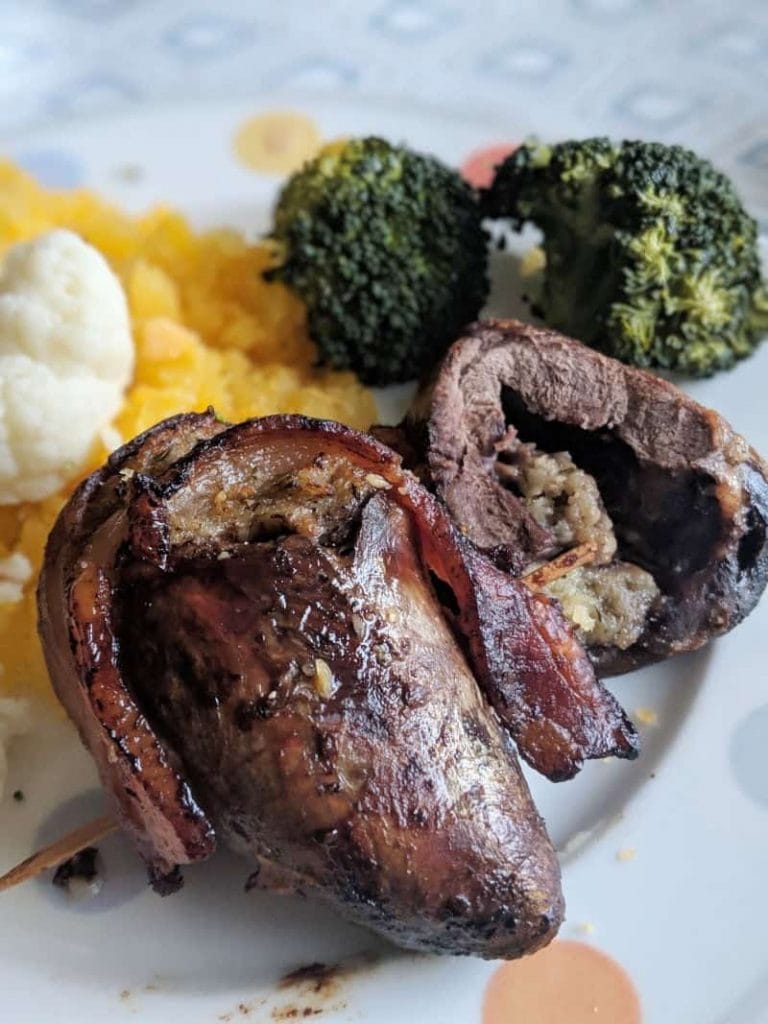
3. Bulletproof your coffee
Adding fat to your morning coffee might seem like a step too far but it’s a popular habit among ketogenic diet followers. Particularly common among the intermittent fasting community, coffee with fat staves off the morning hunger without adding carbs to your diet. It also helps you consume a little more fat after an overnight fast.
Dave Asprey popularised the butter and MCT oil craze with the launch of his product Bulletproof coffee. The term has, in many circles, come to be a catch-all phrase for any kind of coffee with added fats.
If you don't fancy real coffee, you could also drink the popular Four Sigmatic mushroom coffees for half the caffeine and added nutrients.
This is how I make my coffee every morning.
Keto coffee recipe:
- Grind whole roast coffee beans to a rough grade. Not too fine as the grains can then slip through and irritate the lining of the stomach.
- Pop the ground coffee in an Aeropress – the absolute best and cheapest way to brew barista-style coffee at home. I can’t live without this. It’s also incredibly light so makes for a great travel press.
- Pour in the water and allow to brew for a few minutes.
- Add one teaspoon of grass-fed butter.
- Add one teaspoon of coconut oil.
- Add a few drops of high-quality MCT oil.
- Finish with full-fat or heavy cream to taste.
- Stir vigorously.
- Enjoy.

4. Fry, Bake, and grill with fats
You know that sunflower oil spray product you bought when you were trying to keep the pounds off? Throw it away. Nobody should consume sunflower oil, anyway. And cooking with oils is one of the best ways of not only getting more dietary fat, but also adding flavor to your food.
Some excellent choices for fats to cook with include:
- Olive oil (avoid extra virgin for cooking)
- Tallow
- Grass-fed butter (not suitable for high-temperature cooking)
- Coconut oil, Coconut butter
- Goose fat
- Avocado oil
Avoid trans fats and go easy on nut butter, sesame seeds, and vegetable oils.
5. Lather your veg in fat
Do you know what turns broccoli into a delicious snack? Butter. What’s one way of making celery taste of anything at all? Add duck fat. Turn kale into a tasty side dish with some coconut oil dressing.
The carnivore diet works for some people, but skipping vegetables is not something I’d ever do. Vegetables can be a delicious addition to any meal with just a little bit of help. Turn Brussels sprouts, cabbage, and turnip into power packs of vitamins, minerals, fibre and healthy fat with the addition of some oil or butter.
Try quick steaming and then frying vegetables in avocado oil or sesame oil to mix up the flavours and textures a little. It doesn’t have to be boring.
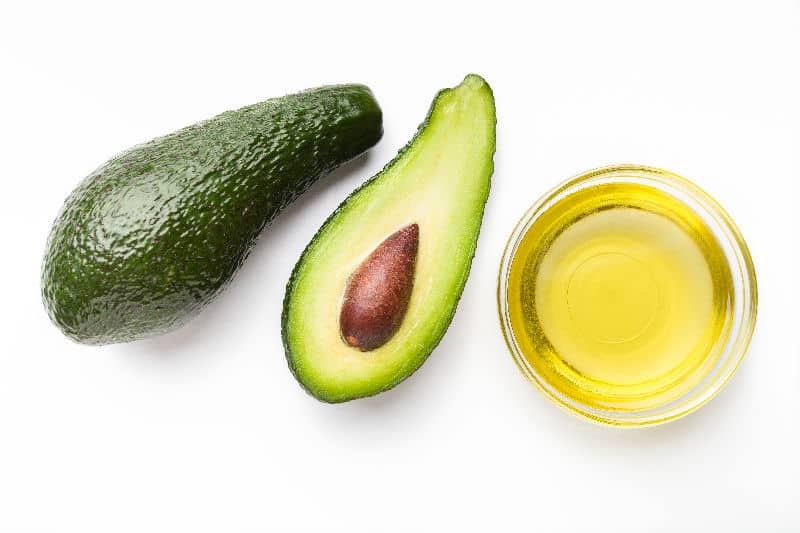
6. Eat the Yolk
Egg yolks are nutritious and delicious. Ever had a pure egg yolk omelet?
Now that cholesterol is okay again eggs are an excellent keto fat source. But only the yolk. The white is pure protein so you don’t want to consume too much of that.
I hate to use the phrase “good fat” because it makes me think of the old days when we shunned saturated fat and the fat on meat was trimmed and discarded. The bad old days.
But egg yolk is good. Why? Because it’s unprocessed. It comes straight from the eggshell and hasn’t been chemically altered, turned into a trans fat, or highly refined oil. It's also low carb and despite the scaremongering, there is no evidence to suggest that consuming egg yolks increases the risk of heart disease. In fact, modern research suggests quite the opposite. Just as modern research has found that cutting carb intake and increasing the amount of full-fat products in the diet has a positive effect on health.
So eat away to your heart’s content.
Egg yolks contain roughly 1.6 grams of saturated fat, in case you were wondering.

7. Nuts and seeds are your friends
Some nuts are high in carbohydrates so it’s worth checking which ones will work for your when taken with your other foods.
My favorites are Brazil nuts (high in selenium), macadamias, walnuts, and pistachios. Brazils are relatively low carb too.
Peanuts (which are not actually nuts) are high in carbohydrates and also contain lectins and a few other things that can cause problems for some people. High-fat seeds like sesame and sunflower seeds pack nutritious vitamins, minerals, and fiber in a small package. Flax seeds are great for increasing your Omega-3 fatty acid intake.
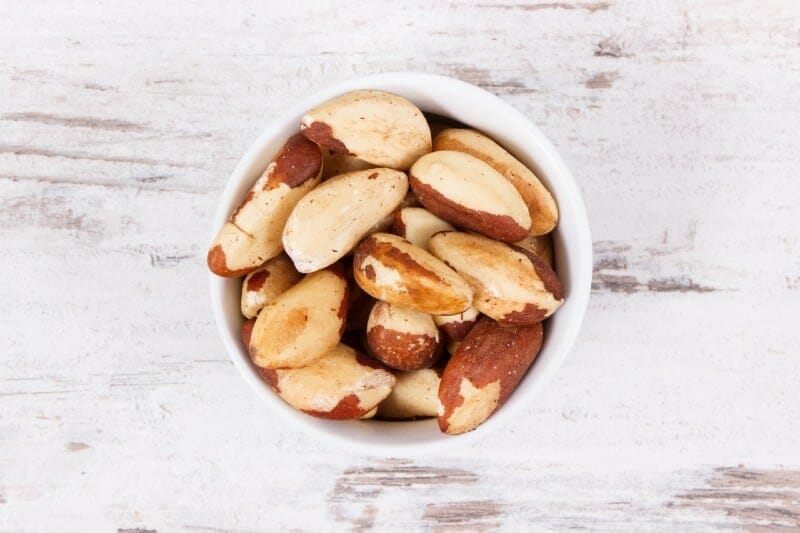
8. Eat Dairy Sparingly and Selectively
Dairy is a double-edged sword for many people. Lactose-intolerant people can’t stomach milk or cheese. But full-fat dairy products are great fat and protein sources.
If dairy gives you gas, dry consuming heavy cream, Brie and Camembert cheese, (avoid Swiss cheese), full-fat probiotic Greek yoghurt.
And finally,
Easy on the fat bombs, please. People new to keto tend to go a bit crazy once they realize just how tasty a fat bomb can be. Yes, they can help you get a lot of fat in your body quickly and easily but you know, there’s sometimes too much of a good thing. I love fat as much as the next person (who doesn’t?) but stuffing yourself with several days of fat calories will leave you sluggish and put a strain on your digestive system. Too much fat is as bad as too much of anything else.
Try small snacks of cacao balls (coconut oil, cacao, nuts, butter, and erythritol).
There’s enough fat in small portions of both snacks to push even the hungriest of ketogenic dieters over the edge.
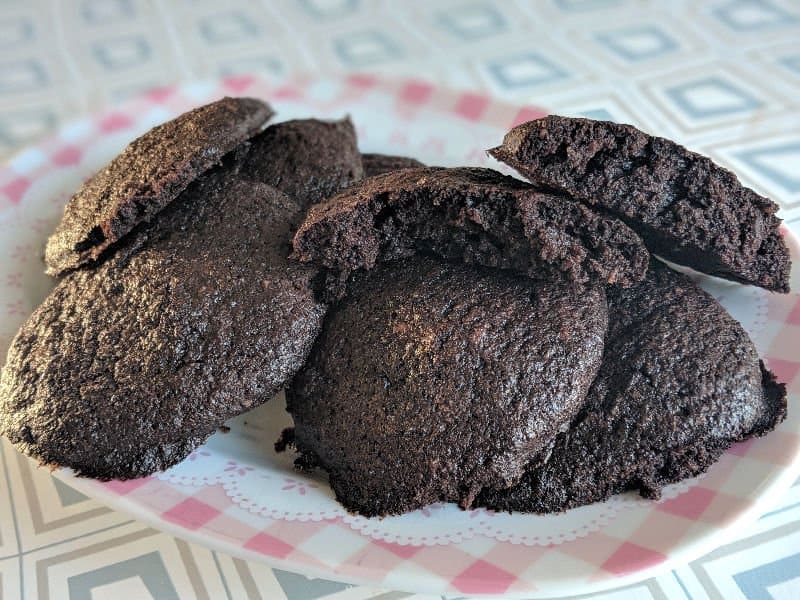
What happens if you don’t eat enough fat on keto?
If you don't eat enough fat on the keto diet you will probably eat too much protein and carbs to remain satiated. This means your body will not be in ketosis and may not burn fats for energy at all. You may also suffer from a slower metabolism and could potentially gain weight.
The answer to this question depends on your calorie requirements. The important thing is to keep the ratios of fat to protein to carbohydrate in check (as a general rule 5:20:75) on a per-day basis.
If you reduce your fat grams but maintain the same calorific intake, you’re either eating too man grams of protein or too many net carbs. For people used to cutting carbs, the problem is often with protein.
Eating a high protein diet will derail your keto diet plans. You can’t be in ketosis if you’re body is turning protein into excess glucose through gluconeogenesis.
How to eat fat on keto
Follow these simple rules I’ve laid out above and you will have no problems reaching your fat intake goals. Keto diet menus can be long and varied. There's no need to eat foods that will harm you. Many people consume a high-fat diet but other factors like carb and protein intake or lifestyle factors derail their ketosis plans. There’s only one way to be sure. Make sure you use a ketone monitor to check if you are actually in ketosis.

